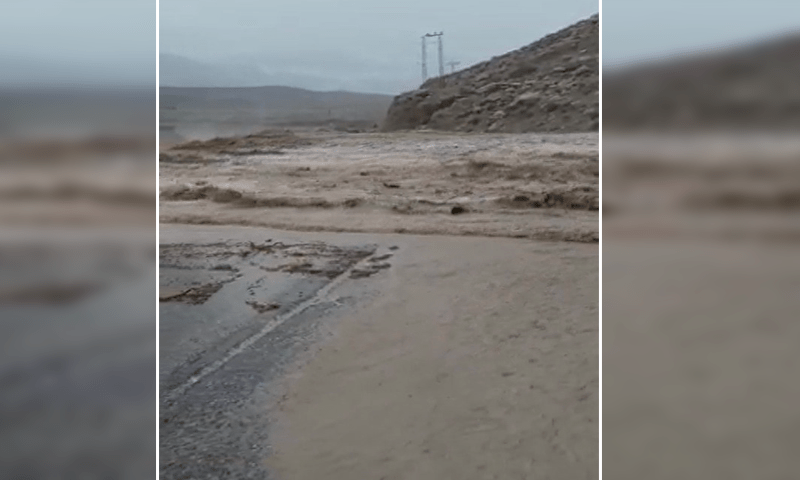NAG Missile Carrier NAMICA-2 To Dramatically Boost Indian Army’s Firepower Against China
As its name suggests, the NAMICA (Nag Missile Carrier)) is a tracked, amphibious, armored ‘missile-carrier’ vehicle based on the BMP chassis. The new prototype was developed by the Ordnance Factory Medak in conjunction with DRDL, Hyderabad, and has an import substitution of Rs. 260 cr. In the first phase, and expected to rise up to Rs.3000 Cr.First revealed in 2008, the Nag Missile and its Carrier share parallel development processes.
The earlier versions of the Nag missile had the uncooled LWIR sensors which failed to correctly identify their targets’ heat signature during testing in the hot desert conditions of Rajasthan. According to sources, only one of the four missiles fired during trials in July 2012 had hit the target.
NAMICA
Undaunted by the failures of the early NAMICA prototypes, the Defense Research & Development Organization (DRDO) went on to produce the improvised version of the platform called the NAMICA-2, housing not one but two CoMPASS Electro-Optical sighting systems – one for the gunner and one for the commander, giving it the “hunter-killer” capability.
The new addition, the CoMPASS Electro-Optical sensor is developed by the Israeli firm Elbit Systems and manufactured in India by BEL.
However, the development of the Nag missile had been fast-tracked owing to its importance in a number of projects – the Helicopter-launched variant Dhruvastra to arm Rudra and LCH – Light Combat Aircraft, the ground-based MPATGM, and SANT missile systems, and of course, the NAMICA.This sensor is also used in HAL Rudra and the Light Combat Helicopter and has been put on “hundreds of platforms” including UAVs, Helicopters, and other fixed-wing platforms providing excellent day and night intelligence, surveillance, target acquisition, and reconnaissance (ISTAR) capabilities and has proven itself in the battlefields of Afghanistan and the Middle East.
The main visible change from the early version to the NAMICA-2 was the reduction of missiles carried from eight to six, along with an additional six in reserve totaling to twelve missiles carried.Additionally, the NAMICA-2 is also given an Auxiliary Power Unit, which serves as an alternate source of power for the vehicle’s new and improvised fire control system.
This enables the vehicle to switch off the engine to reduce the infrared signature while being completely capable of firing the missiles, helpful in defensive and training roles.
The vehicle is also equipped with the NBC protection suite, protecting its crew from Nuclear, Biological, and Chemical threats in case such a situation arises. The vehicle is also installed with an automatic fire detection and suppression system and also features a remotely-controlled 7.62mm PKT machine gun.
The turret which houses six Nag missile launcher tubes provides 360-degree fire coverage and has an elevation capability of 0 to 24 degrees. It is also equipped with an advanced land navigation system, helping the commander with better situational awareness on the battlefield.



Comments
Post a Comment